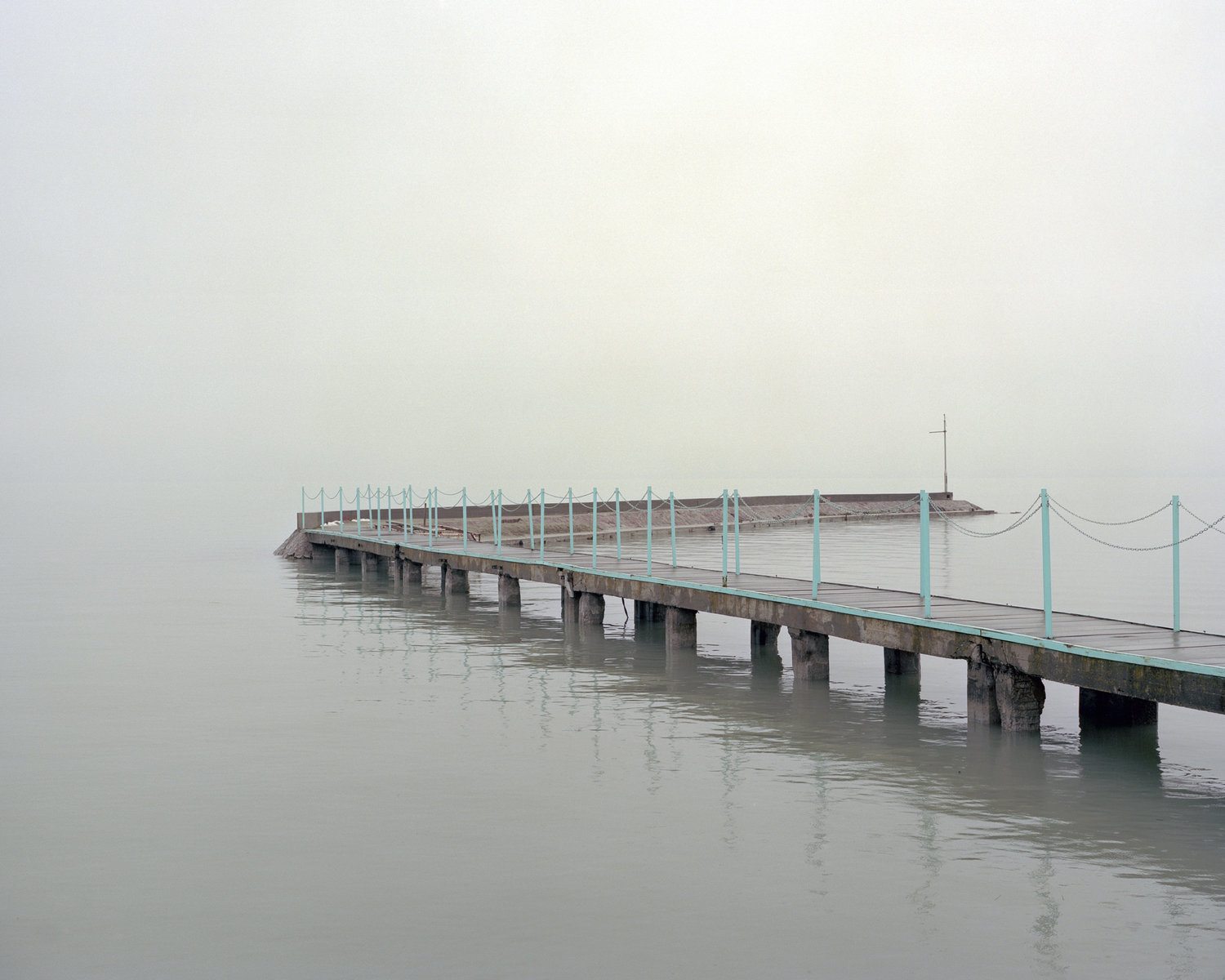Lonely Wharfs photography with Ramsay Banna
The Allure of Wharf Photography: Capturing Serenity and Activity
Wharf photography has a unique charm that draws photographers of all levels. The juxtaposition of serene waters, bustling activity, and historic charm offers endless opportunities for stunning images. Whether you're an amateur or a professional, wharfs provide a dynamic backdrop for creativity and storytelling.
The Unique Charm of Wharfs
Wharfs, with their rich history and diverse settings, offer a mix of elements that make for compelling photographs. The weathered textures of wooden planks, the vibrant colors of boats, and the gentle ripples of the water create a picturesque scene. These elements come together to create a composition that's both timeless and captivating.
Why Wharf Photography is So Attractive
Diverse Subjects
- Boats and Ships: From sleek yachts to rustic fishing boats, the variety of vessels offers a range of subjects.
- People: Capturing fishermen, sailors, and tourists can add a human element to your photos.
- Wildlife: Seagulls, fish, and other marine life can add an extra layer of interest.
Changing Light
Golden Hour: Early morning and late afternoon provide soft, warm light that enhances the natural beauty of the wharf.
Blue Hour: Just after sunset, the deep blue tones create a moody, ethereal atmosphere.
Reflections and Water
Mirror Effects: Calm waters can reflect boats and buildings, creating symmetrical compositions.
Movement: Waves and ripples add texture and dynamism to your shots.
Textures and Details
Weathered Wood: The aged, weather-beaten surfaces of wharf structures add character and depth.
Rust and Decay: Capture the beauty in the decay of old boats and equipment.
Tips for Capturing Stunning Wharf Photos
Scout the Location
Explore Different Angles: Walk around and find unique perspectives. High angles can show the full expanse of the wharf, while low angles can emphasize reflections and textures.
Visit at Different Times: Different times of day offer varying light and activity levels. Early mornings are often quieter and provide soft light, while evenings can offer vibrant colors and lively scenes.
Use the Right Gear
Wide-Angle Lens: Perfect for capturing the full scope of the wharf and its surroundings.
Telephoto Lens: Great for isolating details or capturing distant subjects without disturbing them.
Tripod: Essential for low-light conditions and long exposures.
Experiment with Composition
Rule of Thirds: Place key elements off-center to create more balanced and interesting compositions.
Leading Lines: Use the lines of the wharf, ropes, and docks to guide the viewer’s eye through the image.
Foreground Interest: Include elements in the foreground to add depth and perspective to your photos.
Capture the Atmosphere
Weather Conditions: Don’t shy away from shooting in different weather conditions. Fog, rain, and mist can add a dramatic and moody atmosphere.
Night Photography: Wharfs can look magical at night with the glow of lights reflecting on the water. Use a tripod for long exposures to capture this serene beauty.
Wharf photography offers a rich tapestry of opportunities for capturing both serenity and activity. By exploring different angles, using the right gear, and experimenting with composition, you can create compelling images that tell the story of the wharf's unique charm. Whether you're drawn to the vibrant life, the tranquil water, or the historic textures, the allure of wharf photography is undeniable. So grab your camera and head to the nearest wharf – there's a world of beauty waiting to be captured.


